In today’s fast-paced and information-driven world, an effective knowledge management (KM) strategy is vital for any organization. It not only streamlines operations but also fosters innovation, enhances customer service, and boosts employee engagement. Here are five key steps to improve your knowledge management strategy and ensure your organization thrives in the competitive landscape.
Step 1: Centralize Your Knowledge Base
One of the primary challenges organizations face is the scattered nature of their information. Different departments might store data in different places, or even worse – single departments storing knowledge across multiple repositories. This makes it difficult for employees to find what they need, especially with the added pressure of customers waiting for answers on the other end of the interaction. Centralizing your knowledge base can solve this problem, make agents jobs easier and customer satisfaction higher due to first call resolution and reduction in hand-offs.
Why Centralization Matters for Your Knowledge Management Strategy
- Efficiency: Employees spend less time searching for information, leading to quicker decision-making.
- Consistency: A single source of truth ensures that everyone has access to the same, up-to-date information.
- Security: A centralized system can be better protected against unauthorized access and data breaches.
How to Centralize Your Knowledge Base
- Choose the Right Platform: Select a cloud-based platform, an intranet site, or a specialized KM system that fits your organization’s needs.
- Migrate Data: Consolidate information from various sources into the chosen platform. This might involve digitizing paper records and integrating different software systems.
- Organize Information: Use a logical and intuitive structure to categorize information, making it easy for employees to navigate.
Step 2: Standardize Documentation
Standardized documentation is essential for clarity and uniformity. When information is consistently formatted, it becomes easier to understand and use.
Benefits of Standardization
- Clarity: Clear, consistent documentation reduces misunderstandings and errors.
- Ease of Use: Employees can quickly learn how to use the knowledge base if the format is consistent.
- Professionalism: Well-organized documentation reflects a professional and competent image to both internal and external stakeholders.
How to Standardize Documentation
- Create Templates: Develop templates for different types of documents, such as guides, reports, and procedures.
- Set Guidelines: Establish guidelines for content creation, including language, tone, and formatting rules.
- Train Employees: Provide training on how to use the templates and follow the guidelines.
Step 3: Embed and Encourage
A KM system is only as good as its adoption rate. Encouraging user adoption and embedding the KM system into daily workflows ensures it becomes an indispensable tool.
Knowledge Management Strategies to Embed and Encourage
- Promote the Benefits: Highlight the advantages of using the KM system, such as time savings, improved accuracy, and enhanced collaboration.
- User-Friendly Design: Ensure the KM system is intuitive and easy to navigate. A user-friendly interface encourages frequent use.
- Incentivize Usage: Consider implementing incentives for employees who actively use and contribute to the KM system.
How to Foster Adoption
- Gamify Implementation: Make the implementation of a new system fun by utilising a gamified approach such as point-based tasks and easter egg hunts to win prizes.
- Regular Reminders: Send out regular reminders about the KM system and its features and reinforce the system as the go-to place for answers.
- Showcase Success Stories: Share examples of how the KM system has helped solve problems or improve efficiency.
- Provide Support: Offer continuous support and training to help employees become comfortable with the system.
Step 4: Foster Feedback and Assign Ownership
Creating a culture of feedback and assigning ownership ensures the KM system remains relevant and trusted.
Importance of Feedback
- Continuous Improvement: Regular feedback from the people who use the system on a daily basis helps identify areas for improvement, ensuring the KM system evolves with the organization’s needs.
- Employee Engagement: When employees see their feedback being acted upon, they feel more valued and engaged.
- Trust: A responsive system that incorporates user suggestions fosters trust and reliability – rather than a system that has outdated, duplicated and irrelevant content that lacks user trust and engagement.
How to Foster Feedback and Assign Ownership
- Built-In Feedback Features: Implement a system with built-in feedback functions, allowing users to easily share their insights.
- Encourage Dialogue: Foster regular conversations and collaboration around the KM system and it’s content, encouraging users to share their experiences and suggestions.
- Assign an Owner: Designate a dedicated owner or team responsible for managing the KM system. This person or team should be accountable for reviewing feedback, implementing changes, and communicating updates.
Step 5: Monitor and Improve Continuously
The final step is to continuously monitor and improve your KM strategy. This ensures it remains effective and adapts to changing organizational needs.
Why Continuous Improvement Matters for Your Knowledge Management Strategy
- Adaptability: Regular reviews allow you to adapt the KM system to new challenges and opportunities.
- Performance Tracking: Monitoring usage and performance metrics helps identify what’s working and what needs adjustment.
- Sustainability: Continuous improvement ensures the KM strategy remains relevant and sustainable in the long term.
How to Monitor and Improve
- Set Metrics: Define key performance indicators (KPIs) to measure the success of your KM strategy. These might include usage rates, user satisfaction, and the impact on productivity. Utilizing a system that has a full reporting dashboards and analytics will streamline this process and make monitoring easier.
- Regular Reviews: Schedule regular reviews to assess the KM system’s performance. This could be quarterly, bi-annually, or annually, depending on your organization’s needs. A purpose-built system will have a built in review and governance suite that automates periodic reviews.
- Feedback Loop: Establish a feedback loop where users can continuously provide input, and changes are communicated back to them. Purpose-built systems will have feedback features within the system to continue the best practice of relying on the system, and documenting everything for compliance and reporting purposes.
Conclusion
An effective knowledge management strategy is a cornerstone of organizational success. By centralizing your knowledge base, standardizing documentation, embedding the KM system into daily workflows, fostering feedback, and continuously monitoring and improving, you can create a robust KM strategy that drives efficiency, collaboration, and innovation. Implement these five steps to enhance your KM strategy and set your organization on the path to sustained success. For detailed insights, visit www.livepro.com. livepro’s premium knowledge management solution trusted globally by contact centers. Designed with agents in mind, livepro delivers quick and easy answers. livepro integrates into your existing toolkit.
Eager to enhance your contact center’s efficiency? Join us at the Execs In The Know Customer Response Summit for a demo that will show you how.
Guest post, written by: Shannon Turner, Director of Global Marketing and Communications at livepro





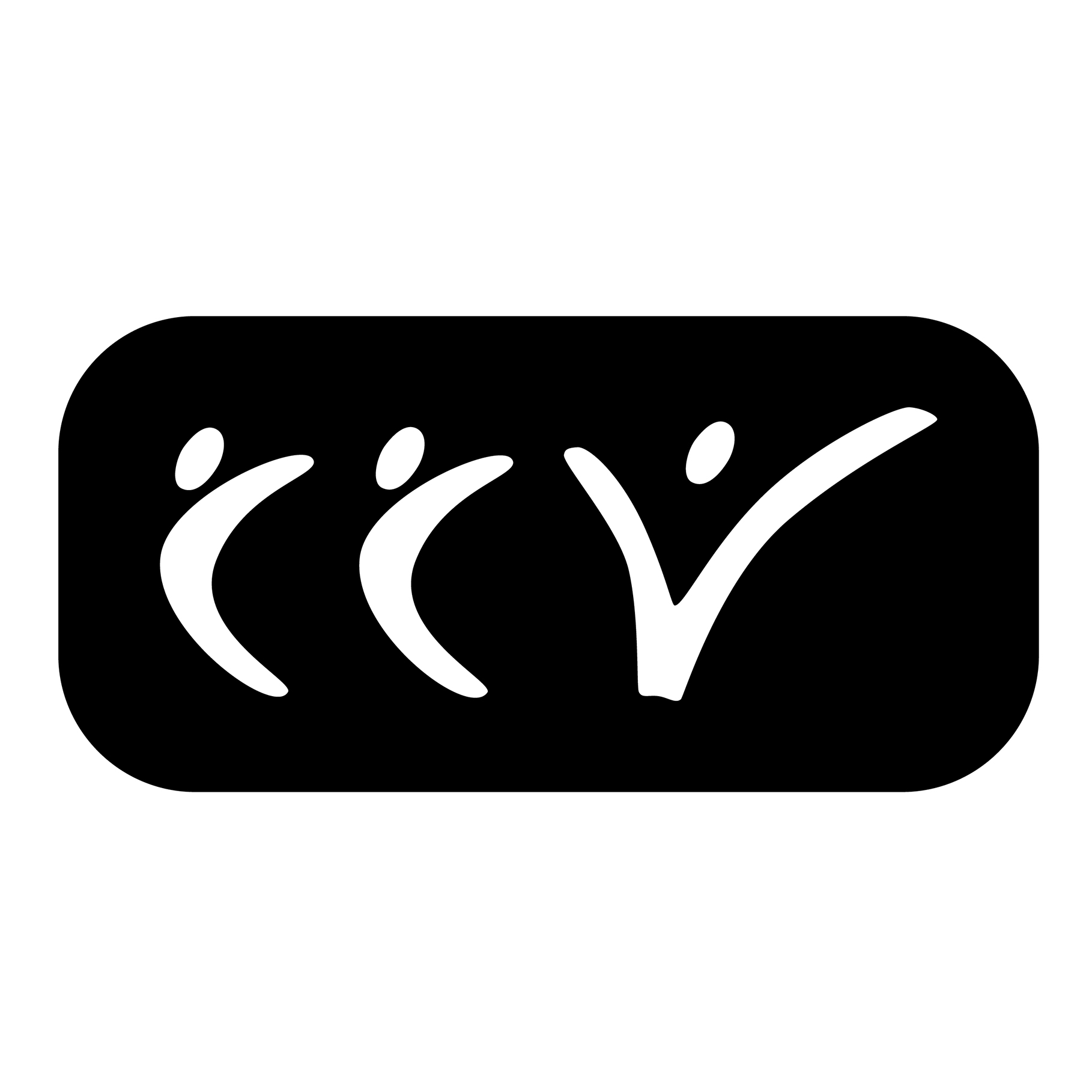





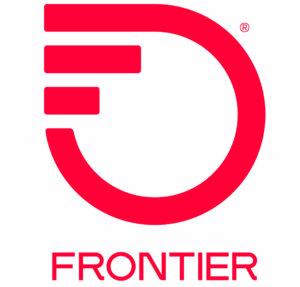

































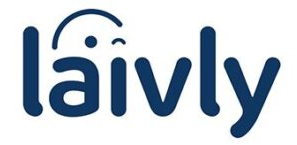



 TELUS Digital
TELUS Digital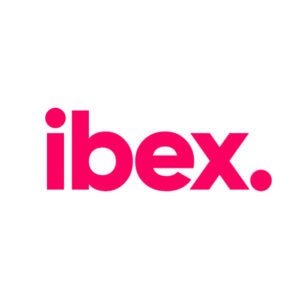 ibex delivers innovative BPO, smart digital marketing, online acquisition technology, and end-to-end customer engagement solutions to help companies acquire, engage and retain customers. ibex leverages its diverse global team and industry-leading technology, including its AI-powered ibex Wave iX solutions suite, to drive superior CX for top brands across retail, e-commerce, healthcare, fintech, utilities and logistics.
ibex delivers innovative BPO, smart digital marketing, online acquisition technology, and end-to-end customer engagement solutions to help companies acquire, engage and retain customers. ibex leverages its diverse global team and industry-leading technology, including its AI-powered ibex Wave iX solutions suite, to drive superior CX for top brands across retail, e-commerce, healthcare, fintech, utilities and logistics.















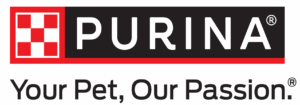






 Trista Miller
Trista Miller




























